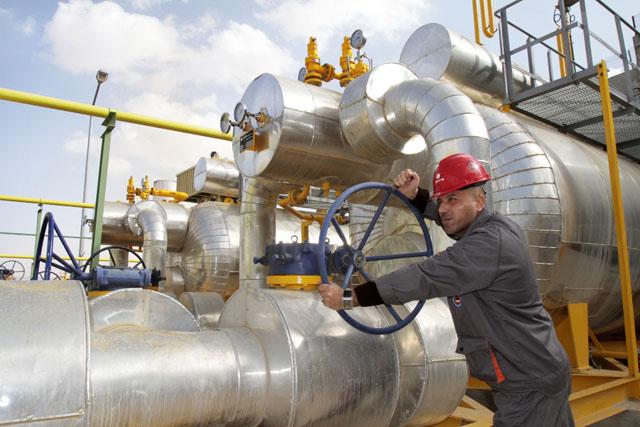You are here
Study says job opportunities continue to drop as demand rises
By Khetam Malkawi - Apr 30,2014 - Last updated at Apr 30,2014

AMMAN — While the demand for jobs has increased in the Kingdom, the number of vacancies has declined over the past few years, according to a study issued by the Phenix Centre for Economic and Informatics Studies.
The study released on the occasion of Labour Day which is annually observed on May 1 — said 25,000 job opportunities were available in Jordan in 2013, compared to 50,000 in 2012, 55,000 in 2011, and 66,000 in 2010.
“The drop in job availability is one of the reasons for the high unemployment rates in the past few years,” said Ahmad Awad, president of the centre.
He noted that over the past five years, the unemployment rate ranged between 11 per cent and 14 per cent.
The unemployment rate among women was double the rate among men.
Moreover, unemployment among males in the 16- to 24-year age bracket is between 27.9 per cent and 36.6 per cent, which is a “shocking” figure, according to Awad.
The decline in job availability in Jordan, according to the study, is due to the drop in the number of industrial projects that usually provide more jobs for labourers.
In addition, there is a gap between labour market needs and the number of graduates.
The study also listed a number of challenges facing Jordanian labourers, such as low wages.
According to Social Security Corporation (SSC) figures, the average monthly income for subscribers is JD416, a figure that was also reported by the Department of Statistics (DoS).
The Phenix Centre study showed that the average monthly income for 22 per cent of Jordanian labourers is JD200 or less, while 46.1 per cent of them are paid JD300 or less, and 72.1 per cent receive JD400 or less.
Meanwhile, a DoS statement issued on Wednesday said guest workers are competing with Jordanians over jobs, which exacerbates unemployment in the Kingdom.
DoS said the SSC had around 1 million subscribers in 2013, compared with 366,000 in 2000.
The minimum monthly wage has also risen to JD190, DoS said, noting that the average monthly wage increased from around JD60 in the mid-1970s to JD211 in the mid-1990s.
By 2011, the average monthly wage reached JD416.
Women’s participation in the labour force remains low, according to DoS figures, which showed that one in every 7,057 Jordanian women over the age of 15 was economically active in 2012, compared with one in every 1,056 men in the same age category.
Related Articles
The unemployment rate in Jordan ranged between 11 and 14 per cent over the past 10 years with no significant improvement as most of the “created vacancies” are held by guest workers, according to a report released Wednesday.
AMMAN — Although there are no updated figures on child labour among Jordanians, there are indicators that the phenomenon is on the rise, acc
AMMAN — The rate of Jordanian women’s economic participation stood at 14.2 per cent in 2020, according to the Department of Statistics (DoS)
















